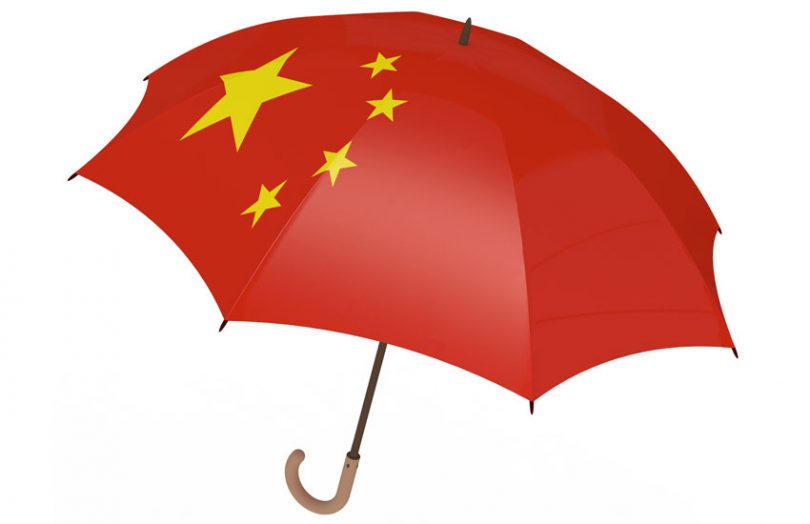The Shanghai Insurance Exchange (SHI) hosted an event on December 27 to launch work on “Industrial Blockchain Application Technology Standards”. The initiative is under the guidance of the China Banking and Insurance Regulatory Commission (CBIRC). SHI is China’s answer to the Lloyd’s market, launched and managed by the CBIRC in 2016. It has 91 shareholders.
Standards
The standards work has support from 109 organizations, including the People’s Insurance Company of China (PICC), China Life, China Taiping, China Re, China Pacific (CPIC), and Taikang Insurance.
A similar initiative under the auspices of insurance standards body ACORD was launched in the West in 2018. The ACORD’s Blockchain Standards Project Group is co-chaired by the two major insurance consortia RiskStream and B3i, which in turn represent numerous insurers.
While there are blockchain consortia in China, many of the big enterprise blockchain initiatives have come from single companies, especially in the banking sector.
An example is trade finance, where there’s a state-run consortium. Still, several of the biggest banks also have their own initiatives targeted at their enterprise clients and their clients’ supply chains.
Judging by their turnover, that go-it-alone strategy might be working for the trade finance scenario. That’s in part a result of the size and power of the banks, given that four out of six of the world’s biggest banks are Chinese.
What’s the point?
SHI’s stated goals with blockchain for insurance standards reflect this higher degree of blockchain fragmentation in China, and perhaps the technological strengths of major insurer Ping An. It’s unclear whether Ping An is participating in the standards initiative, but they were not mentioned.
Firstly, the aim is to reduce technical friction and make the sector’s operations more efficient. This also involves improving cooperation and consensus amongst insurers.
Secondly, the intention is to reduce application duplication and non-uniform standards. So the objective is to identify the main applications and promote innovation and development within the industry.
The final motivation is to combine industry efforts to promote breakthroughs in blockchain application technology standards. Ultimately the hope is this will enable open, fair, secure and efficient innovation.
Applications
Much like RiskStream and B3i, the SHI has built a foundational insurance blockchain – the Insurance Exchange Chain – so that insurers can share information with each other. It incorporates China-specific cryptography. The organization published its first whitepaper in 2017 and released the second generation of the platform in 2018.
But this is the underlying blockchain network infrastructure, whereas the secret sauce is in the applications.
To that end, the December event also released a whitepaper produced in conjunction with research institute CAICT and ten domestic and international insurers. It identifies eleven insurance applications, including reinsurance, health care, risk control, asset management, and cross-border trade insurance.
At the event, the development of the risk control application was started with fourteen property and casualty insurers joining. Initially, it aims to address fraud in travel insurance by looking for people taking out policies at multiple insurers.
The insurers involved include PICC, CPIC, Ping An, China Continent, China Insurance (CIC), Chubb, Sumitomo Mitsui (SMBC), Starr China, AXA Insurance, Sunshine P&C, Huatai, All Trust, Dubon, and Huaan (SinoSafe).







